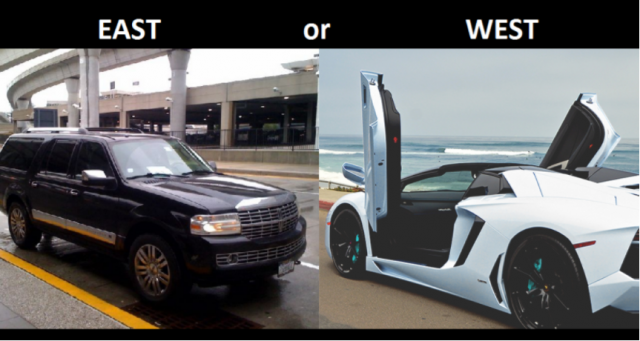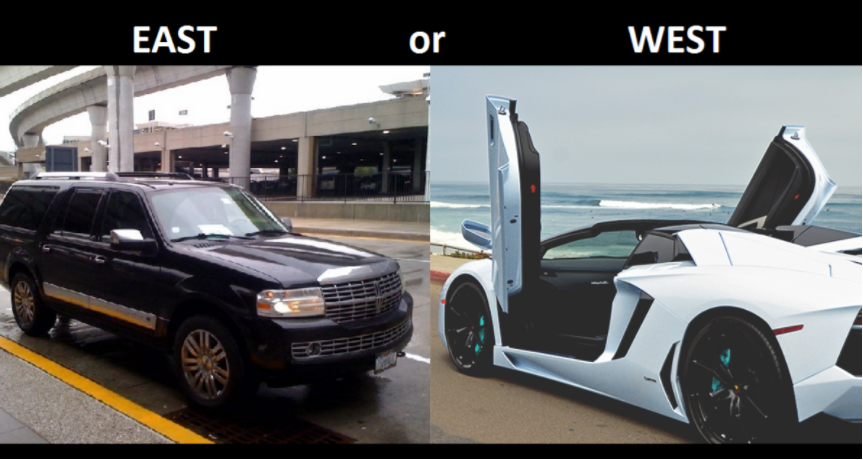
There is essentially no hardware difference between a new car model being sold in the East Coast and a similar model on sale in the West Coast. Most differences between these new car models lie in the customizable software meant to enable them run better under the environmental conditions. However, used cars have a whole different story to them. This is to say that the rating of a used car is mostly basically to do with its deviation, positive or otherwise, from its original new model. For this reason, there is some truth to the statement that vehicles in the East Coast vary from their counterparts operating in the West Coast.
It is therefore correct to say that a car that has been driven in Boston, Massachusetts, which is in the East Coast will most likely age faster than its counterpart in San Diego, California, which is in the West Coast. Furthermore, certain states have adopted legislations that have not only greatly increased efficiency but also the car life span. A good example is in California where all drivers are required by law to undertake and complete a very efficient online driving course called the CA online traffic school. Also, some zip codes in these areas have a zero tolerance to emissions and have therefore affected a total ban on gas cars.
Installations or modifications to allow cars to cope better with the environment
Several different technologies have been advanced to aid motorists cope well with the ensuing environmental conditions of their localities. In places where freezing is prone such as the West Coast, special ways or curbing the freezing menace have been advanced. These installations or modifications mostly manifest themselves in anti-freeze techniques of different kinds. They include; better gripping tires, upgraded windshields, and a reinforced undercarriage to prevent extensive rusting. Conversely, in mostly sunny areas like those of the East Coast, most vehicles have upgrades such as retractable roofing for better interior ventilation and comfort. However, most of these adjustments are made by the car owner and very rarely do they come installed in the car upon purchase.
Different rates of wear and tear resulting from varying environmental conditions
Due to the salinity coupled with the general cold weather that is characteristic of the West Coast zones, vehicles operating in these areas tend to degenerate at a relatively faster rate. Salinity propagates a near exponential rusting of the vehicle underbelly. Such conditions call for modifications of the vehicles to limit the damages that may arise because of this harsh environmental condition. On the other hand, vehicles being driven in the East coast have a relatively longer life span thanks to the largely favorable conditions of the place.
Different state requirements resulting from environmental concerns
Different states have different regulations concerning the permissible emissions by vehicles. As a matter of fact, zero tolerance to car emissions has recently been a main item in the campaign to save the environment. This campaign has set the wheels rolling of a paradigm shift towards clean energy in motoring, a move that promises to affect a complete ban on gas cars in the near foreseeable future. The replacements of such has been seen in several states that favor the use of electric cars arguing that they are not only cleaner but are also far more efficient compared to their gas counterparts. Some states are known to have set clear targets regarding this noble aspiration, and sooner rather than later, they will fully affect the move from fuel to electric cars. Furthermore, various driving regulations have also been enacted in some states such as the ca online traffic school which is aimed at enhancing defensive driving techniques. These regulations play a vital role regarding the efficiency and life span of a vehicle.

